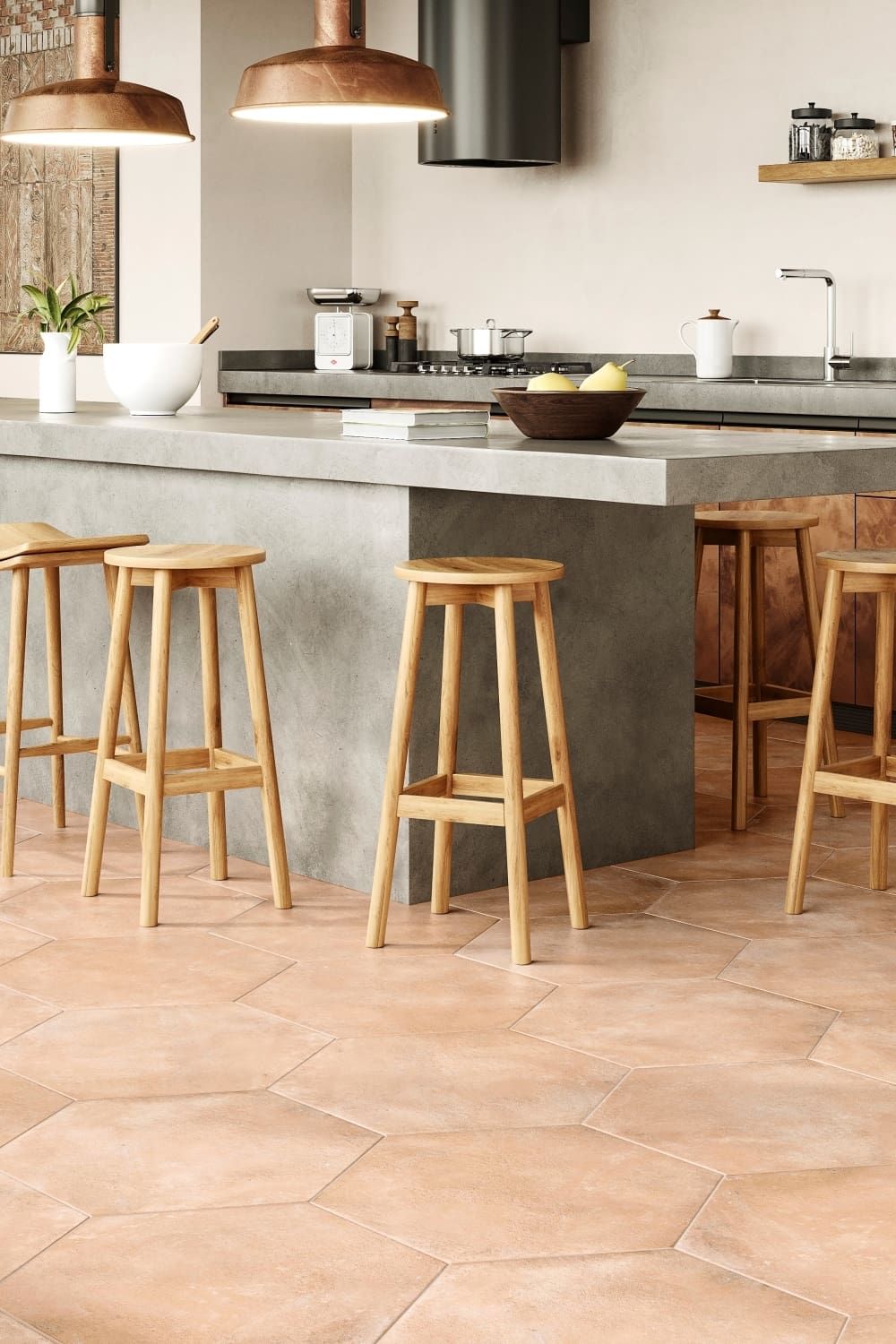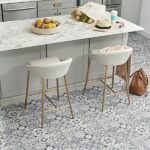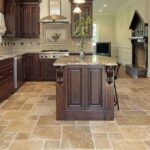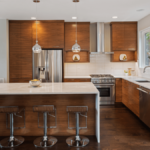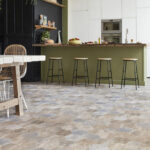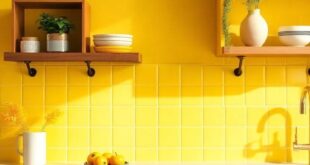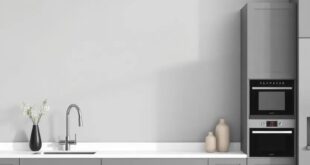When it comes to renovating or building a new kitchen, one of the most important decisions you will have to make is what type of flooring to choose. The kitchen is a high-traffic area in most homes and the flooring material you choose will need to withstand spills, stains, and heavy foot traffic. There are many different kitchen flooring options available, each with its own benefits and drawbacks. In this article, we will discuss some of the most popular kitchen flooring options to help you make an informed decision.
1. Tile: Tile is a popular choice for kitchen flooring because of its durability and easy maintenance. It is available in a variety of colors, patterns, and textures, making it easy to find a style that fits your kitchen design. Ceramic and porcelain tiles are the most common types used in kitchens, and both are resistant to spills, stains, and heat. However, tile can be hard and cold underfoot, so consider adding rugs or mats in areas where you tend to stand for long periods of time.
2. Hardwood: Hardwood flooring adds warmth and natural beauty to any kitchen. It is a timeless choice that can increase the value of your home. Hardwood is durable and can be refinished multiple times to remove scratches and dents. However, hardwood is susceptible to water damage, so it is important to clean up spills immediately and protect it with area rugs in high-traffic areas.
3. Laminate: Laminate flooring is a budget-friendly option that mimics the look of hardwood, tile, or stone. It is easy to install and maintain, making it a popular choice for DIY enthusiasts. Laminate is durable and resistant to stains, scratches, and moisture. However, it is not as long-lasting as hardwood or tile and can be prone to damage from heavy objects.
4. Vinyl: Vinyl flooring is a versatile and affordable option for kitchen floors. It is available in a wide range of colors and styles, including patterns that mimic hardwood, tile, and stone. Vinyl is water-resistant, easy to clean, and comfortable underfoot. However, it can be prone to scratches and dents from heavy furniture and appliances.
5. Cork: Cork flooring is a sustainable and eco-friendly option for kitchen floors. It is naturally resistant to mold, mildew, and bacteria, making it a hygienic choice for kitchens. Cork is soft and comfortable to walk on, which can help reduce foot fatigue. However, it is not as durable as other flooring options and can be prone to damage from moisture and heavy objects.
Before choosing a kitchen flooring option, consider your lifestyle, budget, and design preferences. It is important to think about how the flooring will hold up to everyday wear and tear and choose a material that fits your needs. With so many options available, you are sure to find a kitchen flooring option that suits your style and budget.
 Decorationg Interior Design
Decorationg Interior Design
